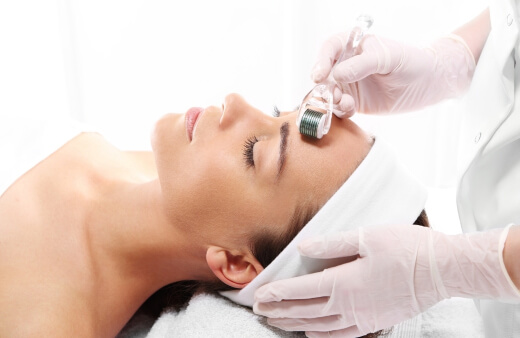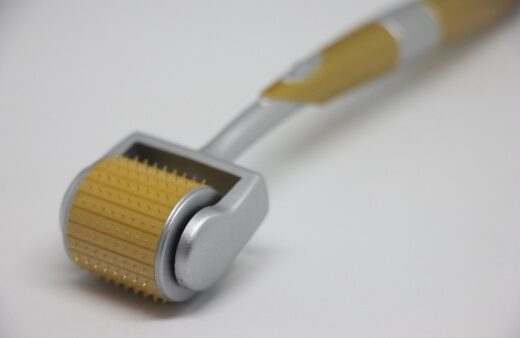If you’re looking for an effective and lasting way to treat acne scars, fine lines or hyperpigmentation, microneedling is a good option. As the name suggests, microneedling involves creating small punctures in the skin with fine needles measuring between 0.5 and 2 millimeters in diameter.
The procedure is typically performed by an aesthetician or dermatologist but can be done at home with the right equipment. In this guide, we detail everything you need to know about microneedling. Let’s start with what it involves.
What Happens During Microneedling Treatment?

A cleanser is used before topical numbing cream gets applied to the surface of your skin. When the latter takes effect, which is usually within 10 to 20 minutes, your practitioner will apply a serum to speed up the healing process.
From there, the microneedling begins as a pen is moved back and forth over target areas. During this stage, the needles move up and down to push in the afore-mentioned serum. When this step is completed, an additional layer of product is applied and then covered with a mask so that everything is sealed in.
Does it Hurt?
While the word “needle” might conjure up ideas of something painful, you needn’t worry as microneedling doesn’t hurt. Not only are the punctures made in your skin very small, but the numbing cream also helps to reduce any discomfort. Once the treatment is complete, you can expect some pinkness akin to sunburn, which subsides in a few days.
How Often is Microneedling Necessary?
As for how frequently you should have microneedling performed, it largely depends on the severity of the issue you want to fix. If your skin is generally in good shape, the treatment is only needed two to four times per year. In cases where scarring is more prevalent, sessions take place monthly for between four and six months.
You can always return for a touch-up in the future. Of course, it’s best to consult a licensed professional about how often is appropriate for you. Aside from dermatologists, there are also medical spas such as spamd.net that have the tools and expertise required to perform proper microneedling.
When Should You Try Microneedling?

What’s great about microneedling is the same as microblading is that it’s suitable for all types of skin. It’s especially useful for removing acne scars since the process doesn’t involve any heat. If the bumps on your skin are caused by clogged pores, microneedling can assist with clearing them out as well.
Experts recommend waiting until an infection or inflammation clears up if you have any. This is also true for cystic breakouts, as well as eczema and rosacea. Finally, keep in mind that the effects of microneedling can be hindered by blood thinners and alcohol consumption due to the associated dehydration.
What about afterwards? Your skin will be more sensitive, so it’s best to slather on some broad-spectrum sunscreen that doesn’t contain any chemicals. Avoid harsh exfoliating scrubs for a while and make sure to provide your skin with ample hydration as well.
Now you know everything about Microneedling.
